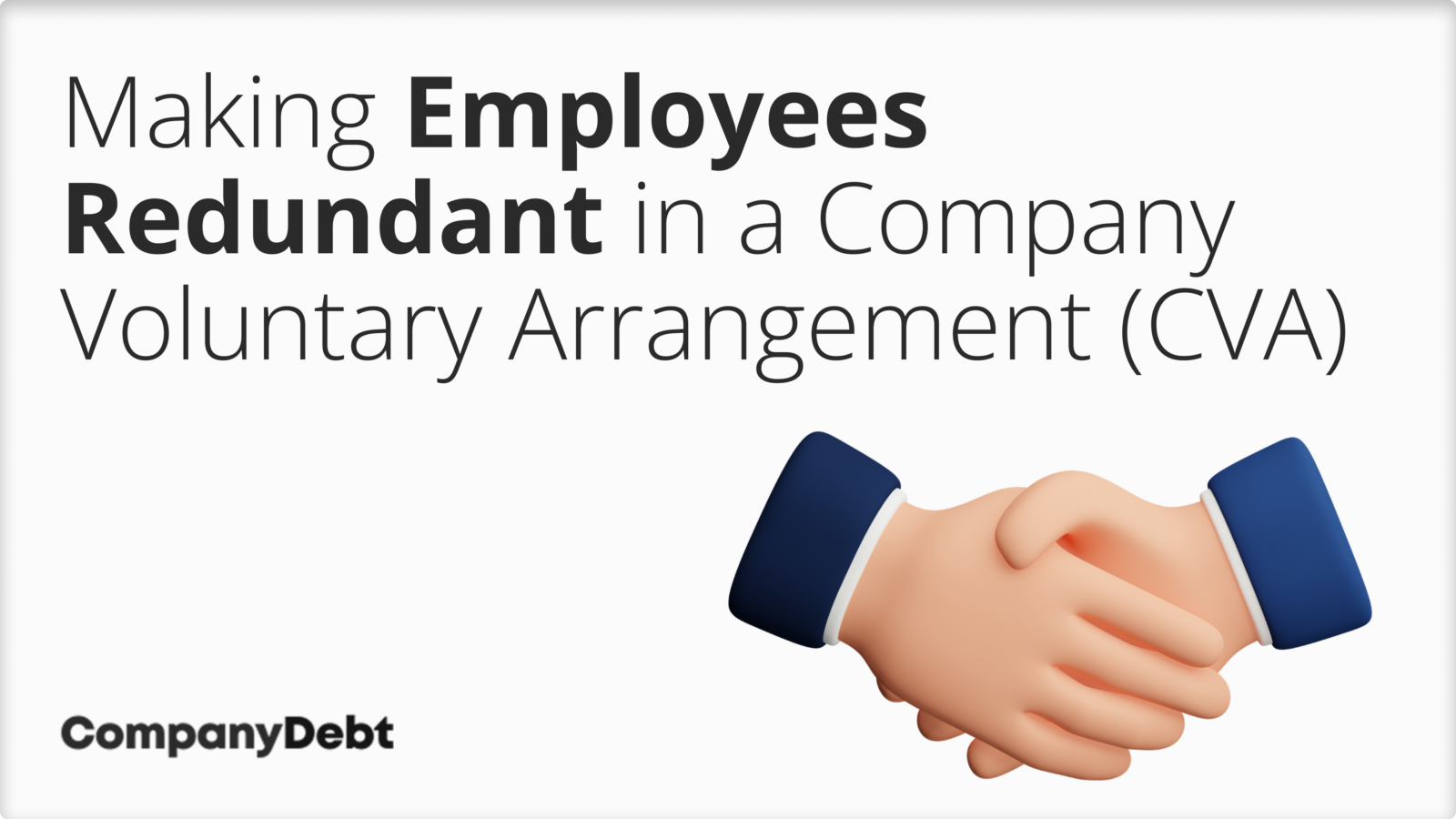Described: If a Company Goes Bust Who Pays Redundancy in the UK?
Described: If a Company Goes Bust Who Pays Redundancy in the UK?
Blog Article
Exploring the Interaction Between Company Redundancy and Business Versatility for Future Growth
In the dynamic landscape of today's company globe, the complex partnership in between business redundancy and business adaptability arises as an essential variable for continual development and success. Companies typically face the difficulty of striking a fragile balance between preserving a degree of redundancy to reduce dangers and fostering flexibility to react swiftly to the ever-evolving market demands.
Importance of Company Redundancy
Company redundancy is an important element that boosts organizational resilience and reduces functional dangers. By integrating redundancy steps within the organizational framework, companies can much better stand up to unforeseen interruptions and fluctuations in business atmosphere. Redundancy acts as a critical barrier, permitting companies to adjust and react efficiently to unanticipated challenges without endangering important operations.
One trick element of the significance of business redundancy is its function in ensuring connection throughout times of dilemma. When encountered with abrupt adjustments or emergencies, redundant systems, sources, or workers can action in to preserve crucial functions and stop prevalent disruptions. This continuity not just safeguards the company's reputation and client trust fund however also reduces economic losses and operational downtime.

Techniques for Business Adaptability

One more vital method is investing in technology and framework that can support flexibility and scalability. Carrying out digital devices, automation, and data analytics can simplify procedures, enhance performance, and offer important understandings for educated decision-making. Moreover, developing versatile organizational structures that enable quick adjustments to market characteristics and client demands is vital for remaining competitive in a quickly advancing setting. By proactively determining potential disturbances and possibilities, companies can proactively thrive and adapt in an ever-changing service landscape.
Harmonizing Redundancy and Adaptability
Accomplishing a harmonious equilibrium in between functional redundancy and business adaptability is extremely important in browsing the complexities of a dynamic organization setting. Redundancy within a firm gives a safeguard, guaranteeing connection and security in operations. However, an unwanted of redundancy can lead to inadequacies and hinder flexibility to altering market problems. On the other hand, organizational flexibility permits firms to react promptly to exterior interruptions and seize brand-new possibilities. Striking the best equilibrium in between redundancy and versatility is a delicate process that requires a deep understanding of the organization's goals, market characteristics, and risk resistance.
To achieve this balance, firms need to conduct normal evaluations of their operations to identify locations where redundancy is needed for threat reduction and where flexibility can drive development and development. Implementing adaptable frameworks, cultivating a society of continuous understanding Learn More and enhancement, and encouraging open interaction throughout all levels of the organization are vital techniques to harmonize redundancy and adaptability efficiently. By aligning these 2 critical elements, firms can place themselves for lasting growth and success in an ever-changing service landscape.
Study on Adaptation Success
In examining circumstances of effective business adaptation, it becomes noticeable that the interplay between functional redundancy and adaptability is a defining aspect in forming resistant services. One engaging study is that of Netflix. At first a DVD rental solution, Netflix showed remarkable adaptability by transitioning right into a streaming platform when digitalization disrupted the sector. By tactically investing in innovation and content creation, Netflix not just thrived however made it through in a swiftly evolving market. One more standout example is Amazon. Starting as an on the internet bookstore, Amazon continually adjusted its business model, broadening into varied markets such as cloud computer and expert system. This versatility enabled Amazon to remain ahead of competitors and satisfy transforming consumer demands. Last but not least, Adobe provides a notable image of effective adaptation. The firm shifted from offering software licenses to a subscription-based design, guaranteeing repeating their explanation profits streams and enhanced client interaction. These case studies emphasize the value of operational redundancy combined with organizational adaptability in cultivating long-term development and competitiveness.
Structure Durability for Future Development
Structure resilience for future development needs a tactical placement of operational procedures with market characteristics and emerging fads. Business have to adjust to changing environments by fostering a society of adaptability, technology, and constant renovation. Resilience includes not only recovering from problems but likewise proactively preparing for future challenges. One vital element of building strength is purchasing durable risk administration techniques to mitigate prospective disturbances. This includes scenario preparation, expanding supply chains, and developing contingency plans for numerous contingencies (who pays redundancy money).
Furthermore, promoting solid relationships with stakeholders, such as clients, employees, vendors, and the neighborhood, is essential for weathering unpredictabilities and preserving trust fund and assistance during stormy times. Effective communication and openness play an important function in structure strength, as they aid line up expectations and help with cooperation in navigating uncertainties.
In addition, organizations need to prioritize knowing and development initiatives to upskill workers and outfit them with the required tools to adapt to altering circumstances. By buying their labor force, firms can enhance their flexibility and dexterity, eventually strengthening their durability for lasting future development.
Conclusion

In the vibrant landscape of today's service world, the complex connection between more helpful hints company redundancy and organizational versatility emerges as an essential element for continual development and success. Companies often deal with the obstacle of striking a delicate equilibrium between maintaining a degree of redundancy to alleviate threats and promoting flexibility to react promptly to the ever-evolving market needs.To accomplish this equilibrium, companies require to carry out regular evaluations of their operations to identify areas where redundancy is necessary for threat reduction and where flexibility can drive innovation and growth.In final thought, the interaction in between firm redundancy and organizational adaptability is vital for future development. Building strength via a mix of redundancy and flexibility will guarantee that firms are prepared for the obstacles of the future.
Report this page